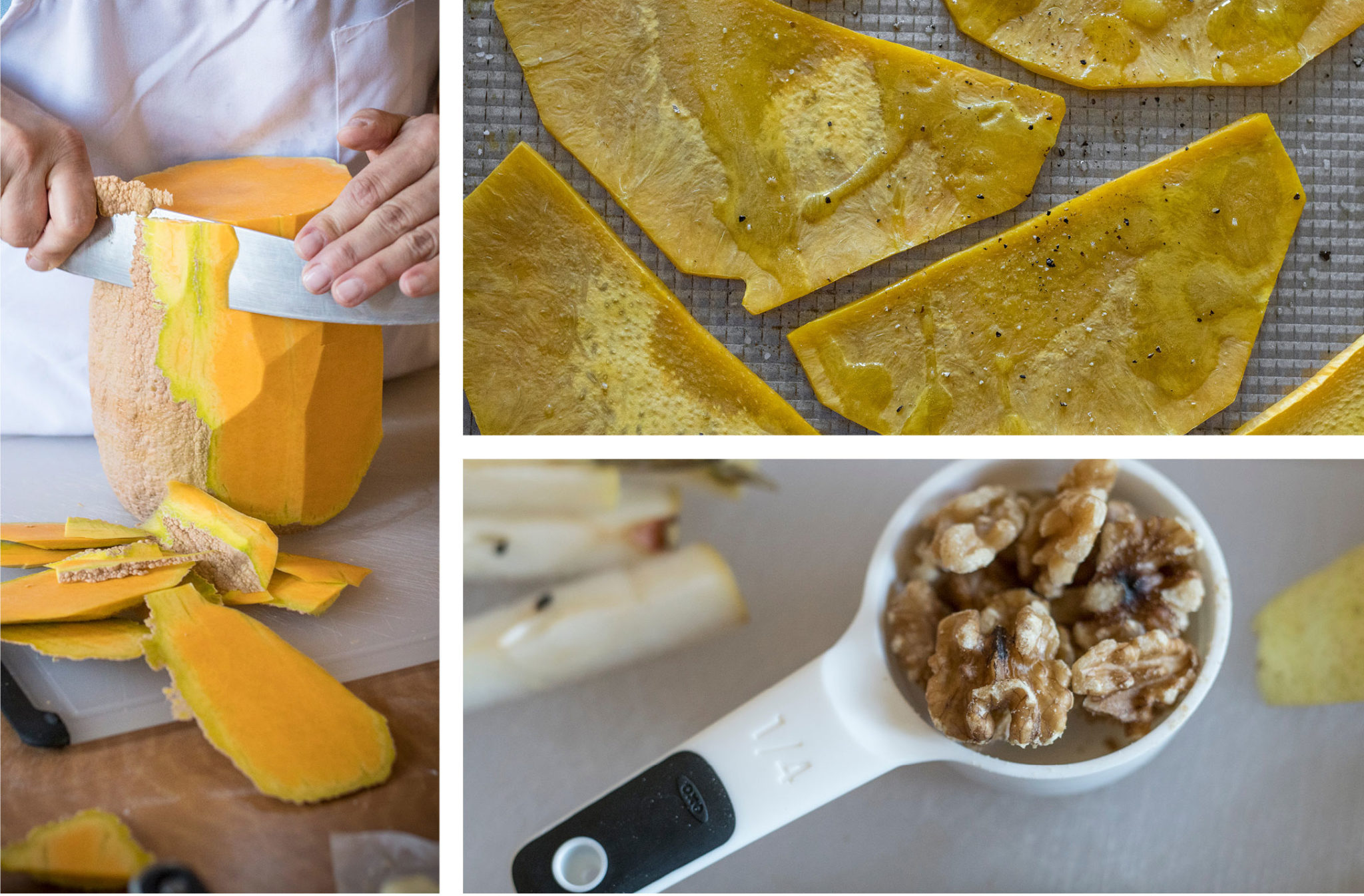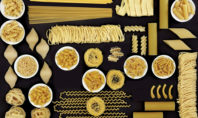The Life of a Rodale Test Kitchen Chef

You know when you pick a career path, completely convinced that you have found your higher calling, and begin to map out a future attached to your lofty professional daydreams? After careful planning and preparation, you shadow somebody, begin an internship, or start a new job, excited for life to finally come together exactly how you’d always imagined it, and then—Oh. This is nothing like I thought it’d be. I rather hate it, actually.
As it turns out, the fantasy of being a test kitchen chef? Right on par with actually being a test kitchen chef.
“It’s definitely as cool as it sounds to do this job,” Juli Roberts, Rodale’s test kitchen manager, tells me when I arrive at her office in Emmaus. “It’s a cross between a chef and a mad scientist.”
All of the recipes that appear in the magazines: Women’s Health, Men’s Health, Bicycling, Runner’s World, Prevention, and Organic Life have passed through her countertops and taste buds. Yes, Roberts’ expertise is what guides meal planning and inspires healthy dinners for more than 1 million worldwide readers—no pressure.

Speaking of her office, it’s a desk inside of a huge kitchen, and it smells like Willy Wonka’s chocolate factory. That’s because it’s Wednesday, and Wednesday is a testing day. Amy Fritch, the test kitchen associate editor, has just finished baking a flourless chocolate cake for Organic Life’s summer 2017 recipes. This is a rare luxury: they’re working a full year in advance, meaning the deadline is more relaxed and the food is in season. Most of the time, the test kitchen works six months out, which requires creative planning for off-season challenges.
For instance, picnic spreads might be sprinkled across checkout aisles and newsstands for Memorial or Independence Days, but the cooking—and the photography—probably took place closer to Christmas. “We find one little green patch of grass and use a blow drier to dry off all the snow,” says Roberts.
At a previous test kitchen she worked in, the art director was hellbent on getting a glorious macro shot of a watermelon. In March.
“Speaking of her office, it’s a desk inside of a huge kitchen, and it smells like Willy Wonka’s chocolate factory.”
“We were ordering watermelons from around the world that came to us half-frozen, like mush,” says Roberts. “We ordered 120 pounds of watermelon only to end up having to use a stock photograph.”
Testing recipes a year in advance can also make it hard to predict what the latest food trends are going to be and if it’s even worth jumping on the bandwagon—often, a food or technique is overhyped on social media, but it doesn’t quite dazzle the test kitchen. Case in point: this year’s foodie darling, sweet potato toast (which is exactly what it sounds like—slices of sweet potato popped in the toaster and topped with whatever you’d normally put on your bread). The test kitchen gave it a try, but decided it was just “eh.”
Not every fad is a dud, though. Roberts swears by cauliflower rice—“Everyone can make a great risotto, but can they make a great risotto that’s not going to kill you? We create recipes that are healthy, but are still going to satisfy a craving,” she explains—and aquafaba. Aquafaba, the viscous liquid sitting in your can of chickpeas that usually ends up down the drain, takes on a very convincing role as egg whites if you treat it right, perfect for making egg-free mayonnaise, macaroons, and meringues. “Aquafaba is beyond any of my expectations,” Roberts says.

Trend-spotting is merely a tiny part of what goes down in the test kitchen. On Mondays, Roberts meets with magazine editors about the recipe plan for the week and then heads out for a massive grocery store shopping trip. Tuesdays, Wednesdays, and Thursdays are all about cooking the food, tasting it, and shooting pictures. During busy weeks, the kitchen churns out four to six different dishes each day.
On an average testing day, Roberts gets to the kitchen at 9 a.m. to check her e-mail and make sure there aren’t any fires that need to be put out. By noon, she’s prepping her mise en place for the day’s cooking, and then it’s finally time to cook. Roberts’ primary focus when cooking is keeping a close eye on “markers”—visual or olfactory cues—to help readers make sure the recipes turn out the way they did in the test kitchen. “Recipes usually go by time, but every oven and stovetop works differently, so you don’t want to just go by those markers,” Roberts says. Around 3 p.m., editors from each magazine come down to the kitchen for a group tasting.
On Fridays, Roberts makes final edits to the week’s recipes to make sure they’re clear and logical for print in the magazines. Since working in a test kitchen, she has naturally become very particular about recipe writing. “Nothing gets my goat more than seeing a badly written recipe—the ingredients list is everywhere or it calls for a cup of rice and it’s only later on that you find out it needs to be cooked,” Roberts says.
When you work in a test kitchen, you also pick up a few food hacks, which Roberts was eager to share. Hate shredding meat? Grab a hand mixer with the whisk attached and consider it shredded. “It was life changing,” she says. Unimpressive pancakes? “The batter needs to be thicker than you think it does,” she says. Unsatisfying veggie burgers? “Pack them with mushrooms for the biggest meat fake-out ever,” she says.
Dream job status: unlocked. It took Roberts a long time to get here—“here” being in charge of the giant gourmet kitchen where she gets paid to cook and eat delicious food while blasting One Direction (“It was a phase,” she says). She spent 10 years working in marketing before following her passion for food to culinary school, eventually working her way up from being an editorial assistant to a test kitchen manager. Before you get too jealous, Roberts notes that there are a lot of dishes that she has to wash every night. (Nope—still jealous.)














